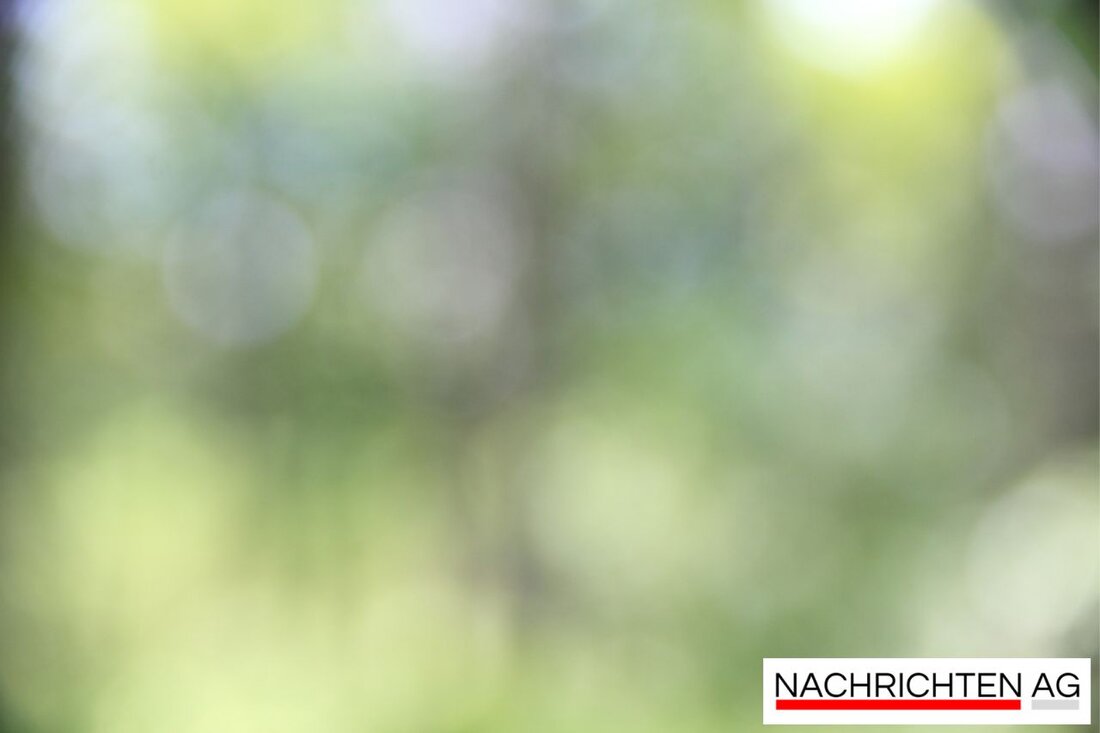Revolution in space: Bremen researchers optimize oxygen production!
Scientists at the University of Bremen are developing an innovative method for oxygen production in space using magnetism, efficiently and sustainably.

Revolution in space: Bremen researchers optimize oxygen production!
A lot is happening in Bremen's research landscape: Scientists at the Center for Applied Space Technology and Microgravity (ZARM) have developed a remarkable method for producing oxygen in space. This new technology could revolutionize the way we conduct long-duration missions in space. There are always challenges in space travel, especially when it comes to producing oxygen in zero gravity, which requires the use of energy-intensive systems based on water electrolysis. Current systems on board the International Space Station (ISS) are heavy, maintenance-intensive and consume a lot of energy, which is anything but ideal for longer missions, as Merkur reports.
An international research team, which also includes the University of Bremen, has taken on this challenge. The solution? A passive technology that uses magnetic fields to direct gas bubbles away from electrodes, without the need for complicated centrifuge systems. These systems are not only heavy, but also very energy hungry. Instead, commercially available permanent magnets are used to direct the gas bubbles to collection points. The new electrolysis cell works a lot more efficiently when it comes to the production of hydrogen and oxygen in weightlessness, so that efficiency has been increased by up to 240 percent, as Raumfahrer.net explains.
A clever approach to the space problem
The basic idea comes from Álvaro Romero-Calvo from the Georgia Institute of Technology, who carried out the first simulations in 2022. Researchers like Ömer Akay from ZARM then further developed the techniques and created special experimental setups in Bremen's drop tower to test the methods. The scientists have identified two main approaches: on the one hand, water shows a natural reaction to magnetic fields, and on the other hand, the interaction of magnetic fields and electrical currents creates a rotational movement in the liquid. These findings were recently published in the journal Nature Chemistry, giving the research wider recognition, as reported by Uni Bremen.
The new technology could not only help improve oxygen production on board the ISS, but also lay the foundation for future long-duration missions to Mars or even the Moon. There is already knowledge about oxygen production using local resources on these celestial bodies. The next step for researchers is to conduct tests on sounding rockets to further test the efficiency and reliability of the systems developed. With the support of the German Aerospace Center (DLR), the European Space Agency (ESA) and NASA, this could be an exciting time for space research in Germany.

 Suche
Suche
 Mein Konto
Mein Konto